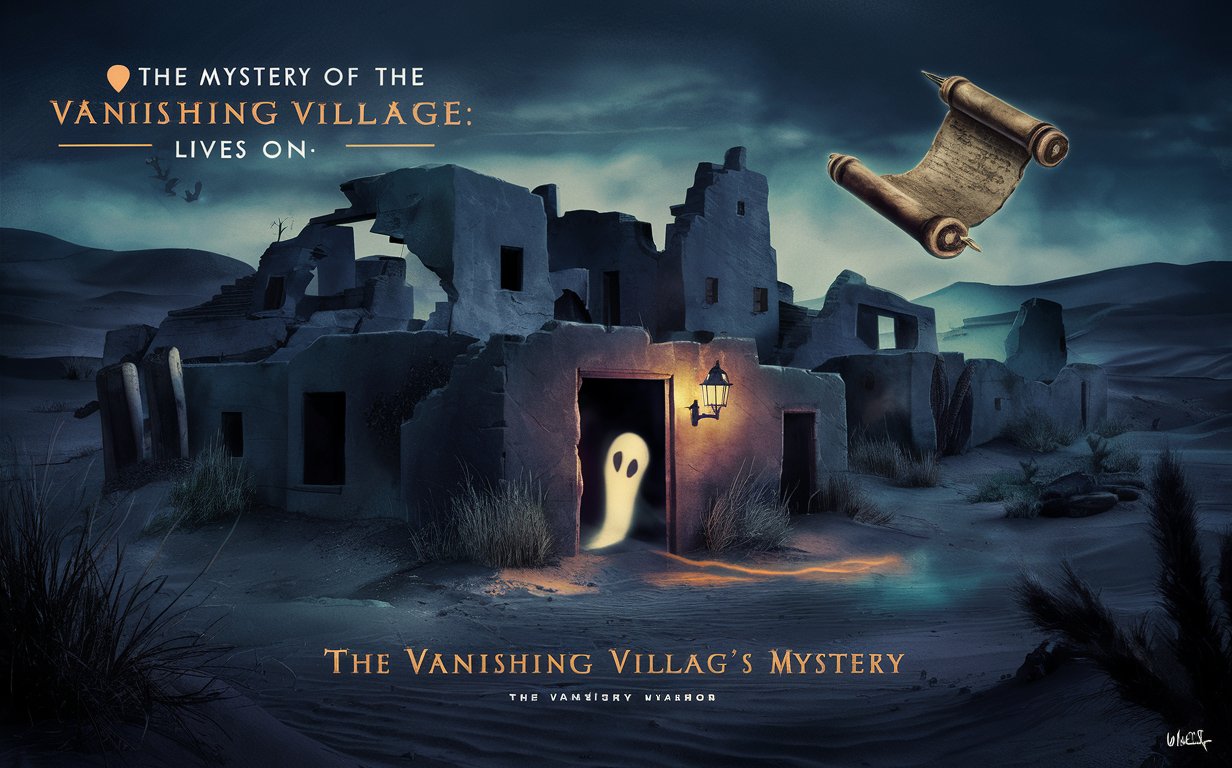The Origin of the Hanged Man Tarot Card

Introduction
The Hanged Man is one of the most intriguing cards in the Tarot deck, often evoking deep symbolism and contemplation. Its imagery and meaning have evolved over time, reflecting various cultural influences and spiritual philosophies. This article explores the origin and significance of the Hanged Man card, tracing its historical roots and the interpretations that have emerged.
Historical Background of Tarot
The Tarot is believed to have originated in the 15th century in Europe, primarily as a card game. The earliest decks were not used for divination but were instead intended for entertainment. It wasn’t until the 18th century that Tarot cards began to be associated with mysticism and the occult, paving the way for their use in fortune-telling.
Symbolism of the Hanged Man
The Hanged Man card typically depicts a figure suspended upside down by one foot, with a serene expression. This imagery is rich with symbolism, representing sacrifice, surrender, and a new perspective. The act of hanging is often interpreted as a voluntary relinquishing of control, suggesting a pause for reflection and enlightenment.
Etymology and Name Evolution
The name "The Hanged Man" has its roots in various languages and cultures. In French, it is known as "Le Pendu," which translates to "the hung one." This terminology highlights the dual nature of the card's meaning: both a literal interpretation of being hanged and a metaphorical representation of letting go.
Cultural Influences
The imagery of the Hanged Man can be traced back to various cultural and religious traditions. In Christianity, the concept of sacrifice is prevalent, drawing parallels with the life of Christ. In some interpretations, the card symbolizes martyrdom and selflessness, emphasizing the importance of spiritual growth over material concerns.
The Hanged Man in Different Tarot Decks
Throughout history, different Tarot decks have depicted the Hanged Man in unique ways. The Rider-Waite-Smith deck, one of the most widely recognized, portrays the figure with a halo, indicating enlightenment. Other decks may emphasize different aspects, such as the colors used or the position of the figure, reflecting the artist’s interpretation and the cultural context of the time.
Interpretation in Tarot Readings
In Tarot readings, the Hanged Man often represents a period of waiting, suspension, or contemplation. It encourages individuals to take a step back and reevaluate their circumstances. When drawn, it may suggest the need to let go of old patterns or beliefs to gain a new perspective, emphasizing patience and the value of introspection.
Conclusion
The Hanged Man Tarot card is a profound symbol of transformation and enlightenment, with origins that intertwine history, culture, and spirituality. Its rich imagery and layered meanings invite reflection and exploration, making it a powerful tool for personal growth and insight. Understanding the origins and interpretations of the Hanged Man can deepen one’s appreciation for the Tarot and its timeless wisdom.



Post Comment